OpenAI AI Text Classifier | Things You Should Know
The field of artificial intelligence (AI) has seen tremendous growth in recent years, with numerous applications emerging across various industries. OpenAI, a research organization dedicated to advancing AI in a safe and beneficial manner, has developed an AI text classifier that is making waves in the field. The OpenAI text classifier uses state-of-the-art machine learning techniques to analyze text and accurately classify it into categories.
In this article, we will talk about some of the key features and benefits of the OpenAI text classifier, as well as some of the potential use cases for this robust tool. Whether you are a data scientist, software engineer, or simply interested in AI, there is much to learn about the OpenAI text classifier.
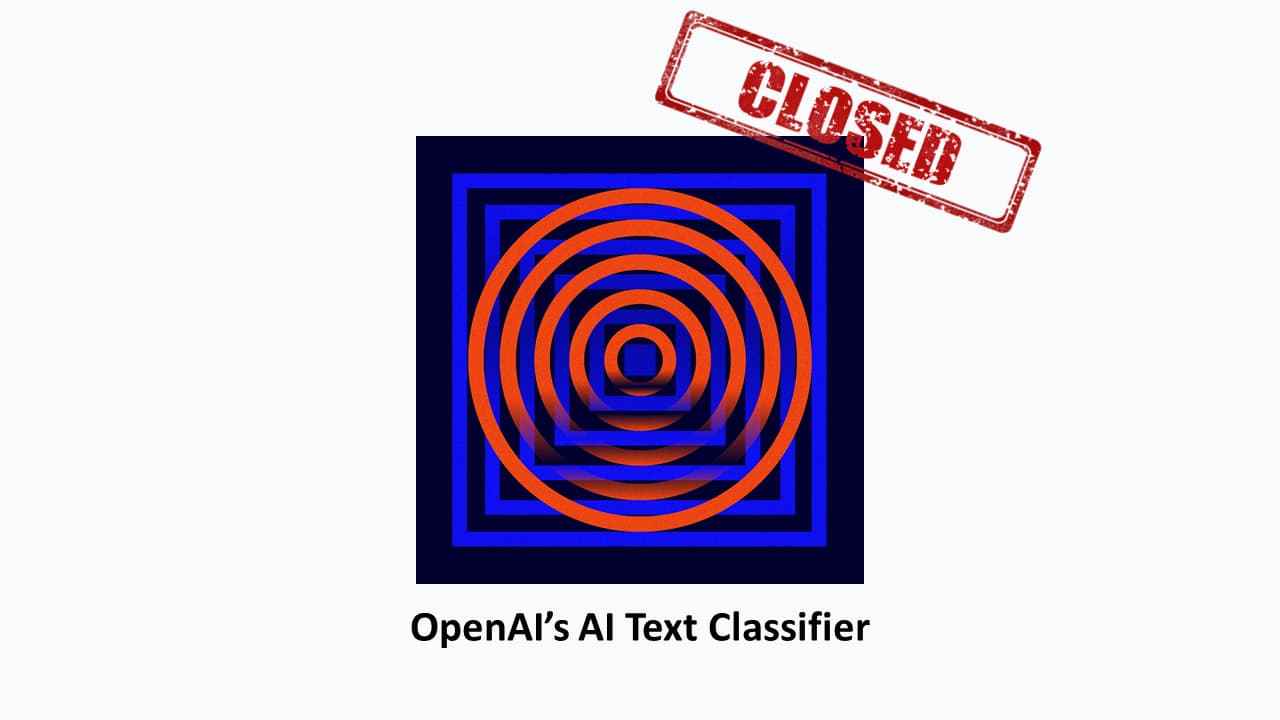
Part 1: What Is OpenAI AI Text Classifier?
OpenAI has established itself as a leading force in the field of artificial intelligence, consistently introducing groundbreaking advancements. A prime example of their commitment to advancing natural language processing capabilities is the OpenAI AI Text Classifier. This innovative tool has garnered praise for its ability to effectively differentiate between text generated by AI and that written by humans.
Key Features and Purpose
- This AI Text Classifier can distinguish between AI-generated and human-written content with high precision.
- This model is trained on diverse datasets comprising both human and AI-generated text to ensure nuanced pattern recognition.
- This Text Classifier is ideal for content moderation, authenticity verification, and promoting transparency in communication channels.
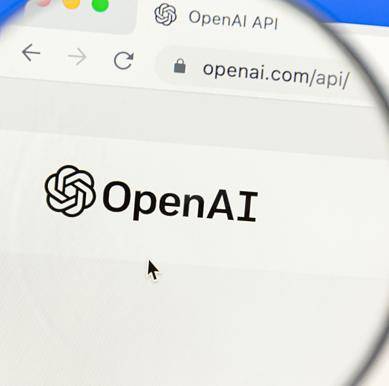
User Interaction and Accessibility
- OpenAI's AI Text Classifier is user-friendly and accessible.
- Developers can integrate the AI Text Classifier into their software using provided APIs.
Part 2: How Reliable Is the OpenAI's AI Text Classifier?
The AI Text Classifier is designed to differentiate text into two main categories - AI-generated and human-written. This technology plays a crucial role in various applications such as content moderation, authenticity verification, and enhancing transparency in communication channels.
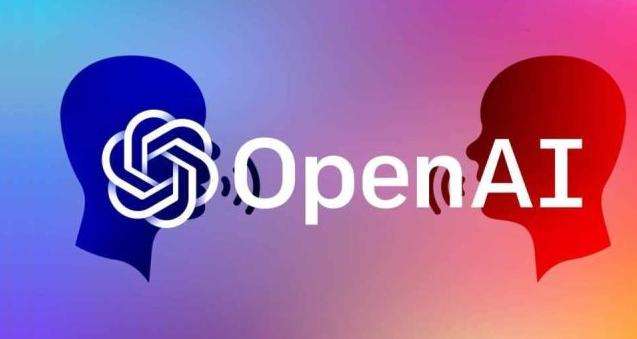
Factors Influencing Reliability
- The precision of the AI Text Classifier has been questioned due to certain apprehensions brought to light by assessments and conversations.
- OpenAI has acknowledged that the tool is not completely dependable, and its reliability is linked to the diversity and quality of training data.
- The performance of the classifier is notably influenced by the datasets used during its training phase, and a comprehensive and representative dataset is crucial for achieving robust results.
Real-world Applications and Challenges
- The effectiveness of identifying AI-generated content depends highly on the reliability of the classifier used in content moderation. Striking the right balance between sensitivity and specificity is crucial to reduce false positives and negatives.
- The reliable integration of the AI Text Classifier into various platforms and applications is necessary for enhancing user experience and trust. Developers and platform administrators should prioritize a tool that consistently delivers accurate results.
- OpenAI's transparency about the limitations of the classifier is commendable and aligns with their commitment to responsible AI development. It's essential to acknowledge and address the limitations of AI-powered tools to ensure that they are used ethically and responsibly.
Part 3: What Happened to the OpenAI AI Text Classifier?
OpenAIs AI Text Classifier was designed to differentiate between human-written and AI-generated text, with the aim to improve content moderation and communication transparency. However, during its development, the tool faced some challenges that affected its reliability and accuracy. OpenAI acknowledged these limitations and subsequently decided to discontinue the classifier.
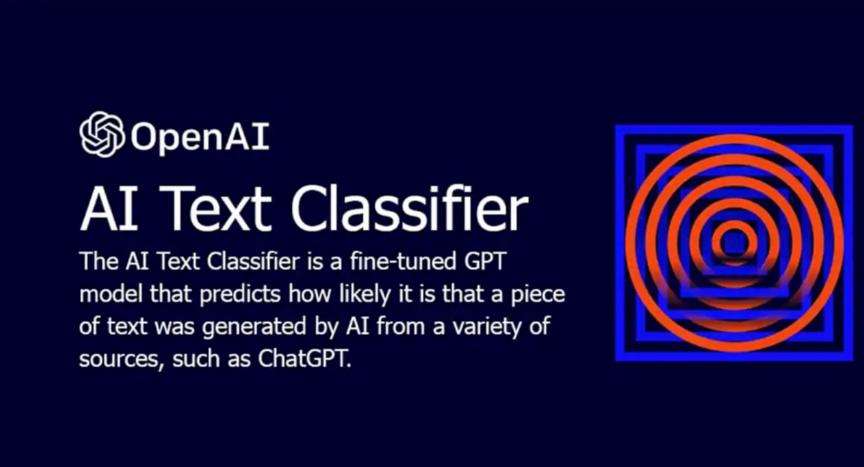
This move reflects OpenAI's commitment to responsible AI development and the need for continuous improvement to meet the evolving demands of accurate content detection. While there were criticisms over the tool's effectiveness, this decision gives OpenAI the opportunity to refine and improve the technology and ultimately deliver a more reliable and accurate solution.
The decision to discontinue the AI Text Classifier highlights the difficulties in creating reliable AI tools. With the progression of artificial intelligence, OpenAI's actions demonstrate a commitment to confronting these challenges and pursuing advancements that are in line with user needs and ethical standards.
Part 4: What Are the Limitations of OpenAI's AI Text Classifier?
However, like any technology, it has its limitations. Here are some of the key limitations of OpenAI's AI text classifier:
- The accuracy and effectiveness of any AI text classifier depends on the extreme of training data available. OpenAI's model is trained on a large corpus of text, but it still may not have enough data to classify certain types of text accurately.
- AI models can sometimes exhibit bias, especially if they are trained on data that is not representative of the actual population. OpenAIs AI text classifier is no exception and may exhibit bias towards certain groups or types of language.
- OpenAI's AI text classifier is primarily trained on English language text, which means it may not be as effective at classifying text in other languages.
- Overfitting occurs when an AI model becomes too specialized to the training data and cannot generalize well to new data. OpenAI's AI text classifier may suffer from overfitting if it is not trained on a diverse range of text.
Bonus: How to Summarize PDF with Tenorshare AI Chat PDF Tool
Are you tired of spending hours reading through lengthy PDFs? Do you wish there was an easier way to extract the key points and information you need? Look no further than the Tenorshare AI Chat PDF Tool! This powerful tool utilizes artificial intelligence to quickly and accurately summarize your PDF documents, saving you time and effort. Here is how to use the AI PDF feature:
Step 1. Upload the document you want to summarize to Tenorshare servers.
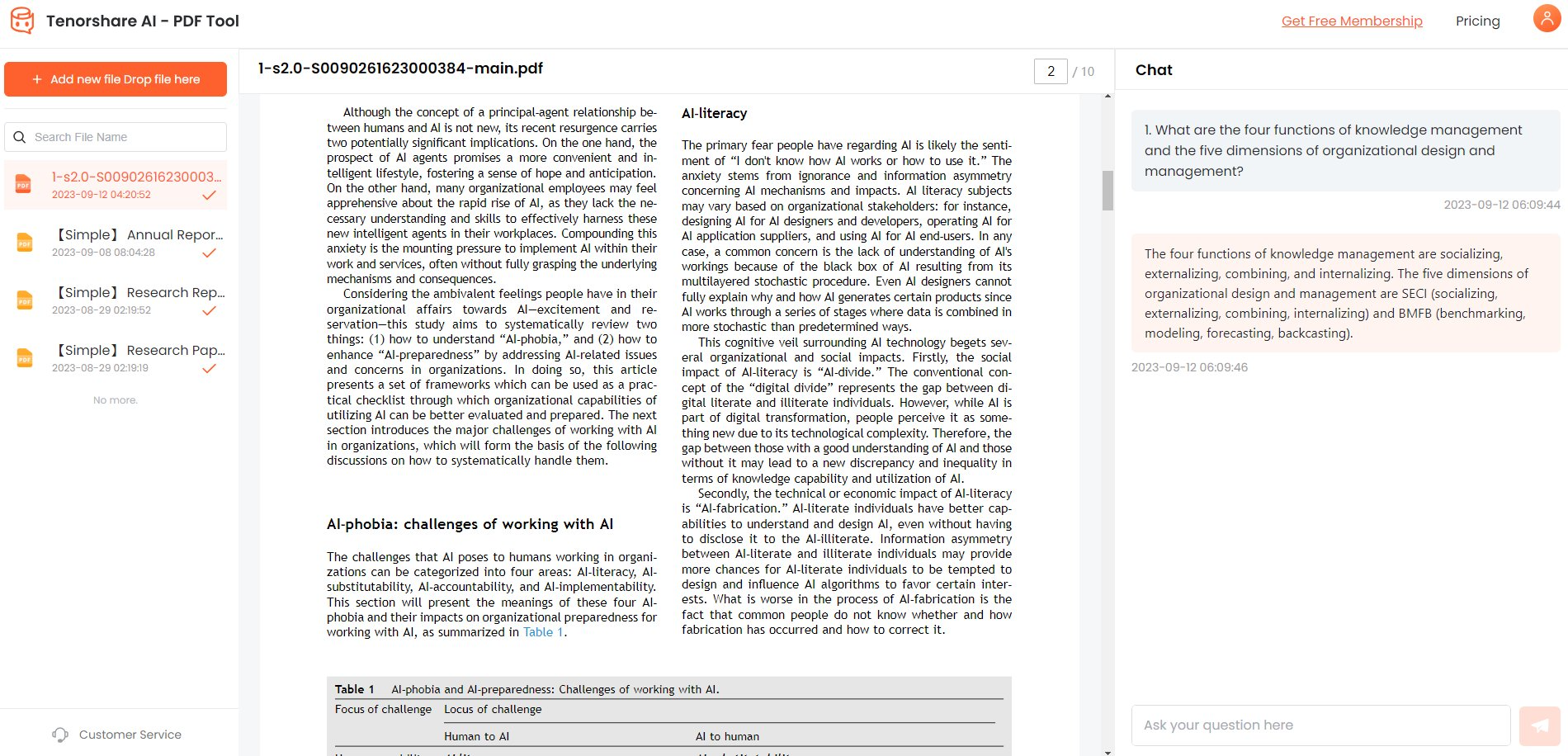
Step 2. Sign in to your account or create a new one for free.

Step 3. Use the chat box on the document page to request a summary from the AI-powered tool.
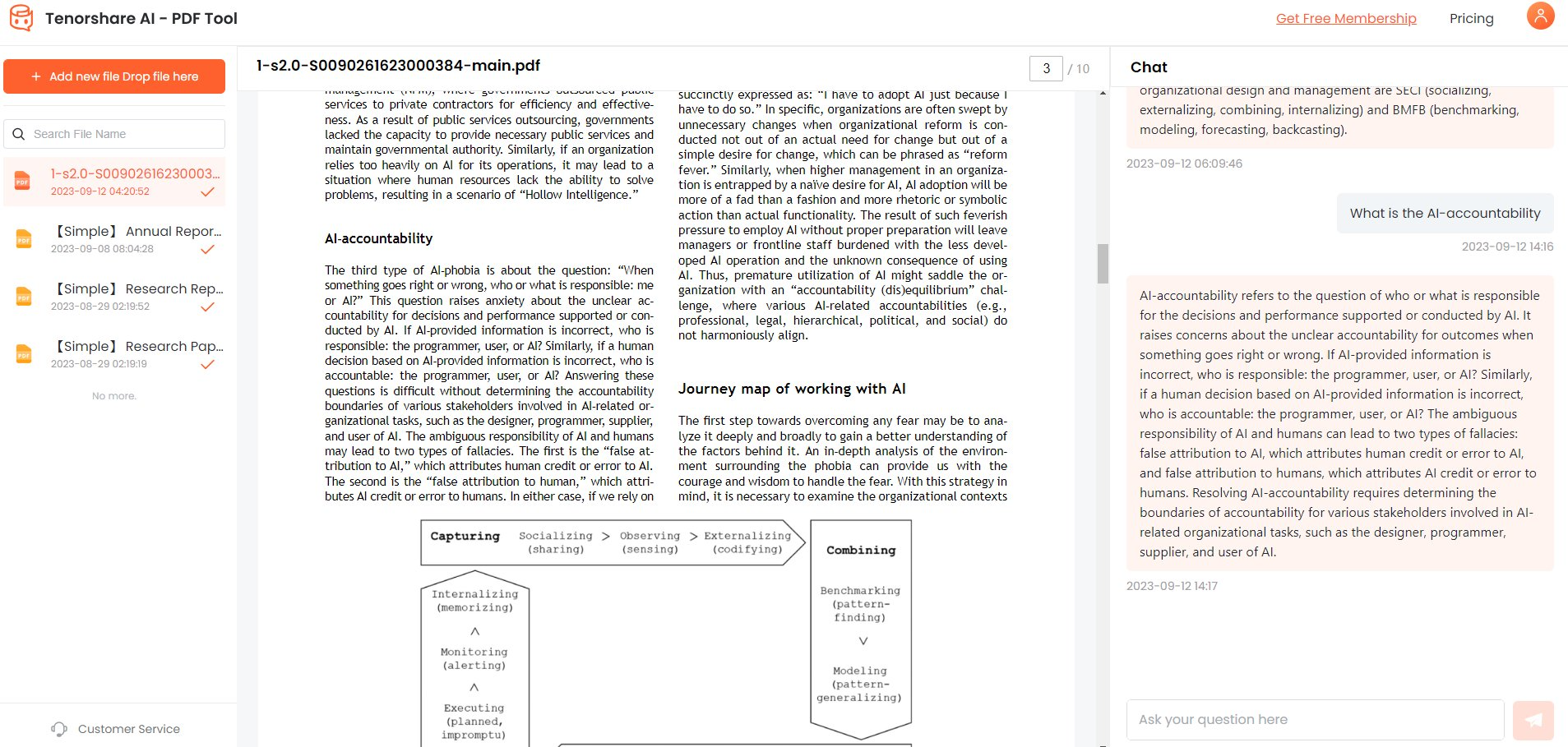
Step 4. Read the summary and ask follow-up questions if you need more information. Keep asking questions until you have a precise summary or all the answers you need.

The chat box uses artificial intelligence to answer your questions related to the document. You can test the functionality of the tool using the three sample PDFs provided.
Conclusion
In conclusion, the OpenAI AI Text Classifier is a powerful tool that can help businesses and individuals understand the content of their text data better. It uses advanced machine learning algorithms to classify text into various categories, such as sentiment, topic, and intent. However, it is essential to note that the accuracy of the classification depends on the extent of the training data and the complexity of the text.
Therefore, it is recommended to use the OpenAI AI Text Classifier in conjunction with other tools and methods to ensure the best results like Tenorshare AI - PDF Tool. If you're looking for more helpful software tools, Tenorshare offers a wide range of solutions for data recovery, password unlocking, and system repair.

